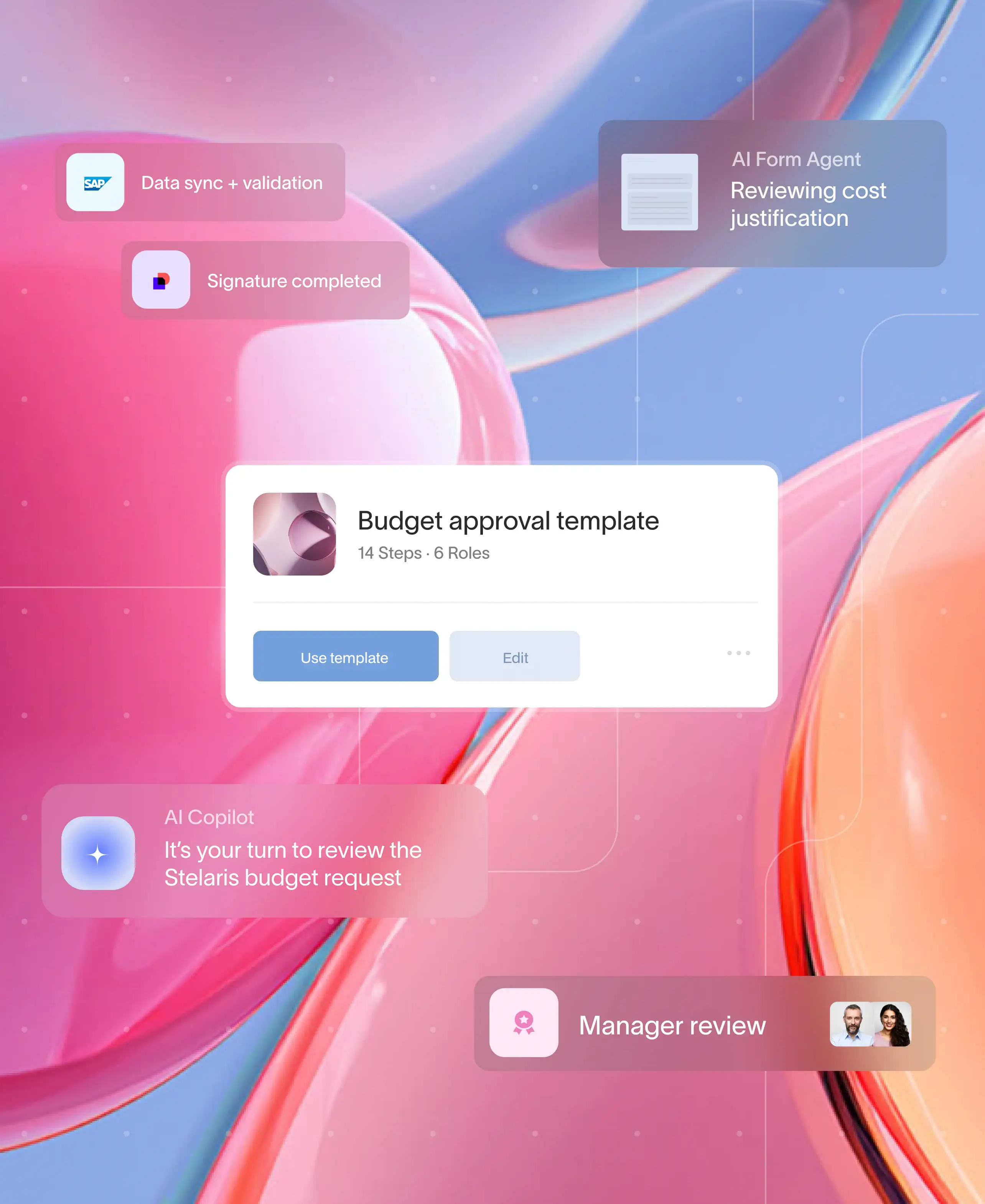
In the whirlwind of business operations, there’s a vital lifeline that often goes underappreciated and underutilized: the art of client communication. In a saturated market where customer experience acts as a critical differentiator, your ability to connect, understand, and engage with clients can mean the difference between a one-time transaction and a lifelong partnership. But how do you refine this essential skill to ensure that you're not just talking at, but with, your clients?
In this comprehensive exploration, we'll unpack the significance of strong client communication and the impact it can have on your business. Whether you're a seasoned entrepreneur, an up-and-coming freelancer, or a burgeoning SaaS enterprise, the strategies laid out here are designed to boost your client interactions to new heights.
Understanding client communication
Before we dig into the ‘how’, it's essential to understand the 'what' and 'why' behind client communication. Communication is the backbone of client relationships. It's how we share information, manage expectations, and build trust. However, client communication is more than just conveying messages—it’s about embodying a partnership-based approach that aligns with your business values and goals.
In the context of a professional setting, strong client communication is:
- Timely: Messages reach clients when they need them, often before they even realize they do.
- Clear: Information is conveyed in an unambiguous and easily digestible manner.
- Responsive: You acknowledge and react to client queries and concerns promptly.
- Consistent: Your communication style is uniform across all clients and workflows, which helps in establishing a professional brand image.
Risks of inadequate client communication
Poor client communication can lead to misunderstandings, mismanaged expectations, and eventually, a loss of business. It can also damage your reputation, making it more challenging to win new clients in the future. The risks can include:
- Missed Deadlines: Ineffective information flow can halt projects and lead to missed deadlines. Misunderstandings often necessitate rework, causing further delays.
- Client Dissatisfaction: Clients feeling unheard or uncertain about their project's progress are prone to dissatisfaction.
- Lost Business: Significant dissatisfaction can result in losing not just the current project but also future opportunities. This may also encompass legal and financial issues related to compliance and contractual obligations.
- Brand Reputation Damage: The company's reputation can suffer, affecting its public image and client trust.
- Resource Drain: Inefficient communication requires additional back-and-forth, wasting valuable resources.
Clearly, committing to robust client communication practices is a critical measure to protect your business interests. To reduce these risks and fully leverage the benefits of client communication, it’s essential to refine your strategy.
Improving client relationships
Why prioritize client relationships? Improved communication with clients nurtures more profound connections. Savvy businesses recognize that each client presents a chance for expansion and enduring success. By grasping your client's unique needs, you can adapt your communication approach, customize your offerings, and foresee their future needs, thereby turning partnerships into mutually beneficial triumphs. Robust relationships pave the way for recurring business and unlock new opportunities. Here are strategies to enhance yours:
- Client Onboarding: Initiating a seamless onboarding process is crucial for fostering a positive client relationship. Guide them through your operational procedures, attentively address their inquiries and worries, and ensure clarity on expectations.
- Regular Check-Ins: Maintaining contact is key, even in the absence of ongoing projects. A brief email or call can significantly reinforce your commitment to the partnership.
- Post-Project Evaluation: Conclude each project with a discussion on its successes and areas for improvement. Engaging in such transparent communication underscores your dedication to their continual success.
- Engage in active listening to fully understand client feedback and concerns.
- Display empathy and comprehension towards your clients’ perspectives.
- Demystify complex concepts for your clients, enhancing their understanding.
- Maintain transparency regarding your services and manage expectations realistically.
- Commemorate achievements and key moments alongside your clients to solidify your relationship.
5 ways for better client communication
A standout feature of modern business is the utilization of technology, including client portals, to bolster client communication. This section provides actionable strategies to optimize client communication, leveraging the benefits of a client portal.
1. Establishing a single point of contact
A client portal serves as a centralized hub for all communications, ensuring there is no confusion about whom clients should reach out to. This structure streamlines the process, making it easier for both your team and your clients to manage inquiries and track the status of projects.
2. Automating updates and notifications
Client portals can be configured to send automatic updates on project progress, invoice statuses, or compliance filing deadlines. This proactive communication ensures clients are always in the loop without overwhelming them with manual correspondence.
3. Implementing secure file sharing
By leveraging the secure file-sharing capabilities of a client portal, you offer clients a convenient and safe space to exchange information. Whether it's a contract, a report, or a simple query, the ability to submit and receive documents within the portal enhances the client experience.
4. Encouraging synchronous communication
Real-time messaging within client portals allows for prompt communication. Clients can ask questions and receive immediate responses, eliminating the lag that often occurs with traditional methods like email.
5. Personalizing client interactions
Data stored in client portals can be used to personalize interactions. Remembering birthdays, anniversaries, and past interactions can create a personal touch that resonates with your clients, showing them that they are more than just numbers in your database.
Effective client communication tips
Incorporating the strategies outlined above requires diligence and a willingness to adapt. Here are some additional tips to elevate your client communication game:
- Be concise and to the point, respecting your clients' time
- Adopt a warm, friendly tone to make clients feel welcome and appreciated
- Use positive language, particularly when addressing any issues
- Always proofread your communication to avoid misunderstandings
- Provide clear next steps or calls to action in your correspondences to keep the communication flowing
Moxo's client portal for client communication
Moxo's client portal is a game-changer for businesses that take client communication seriously. With intuitive features like end-to-end encryption for security, custom branding to reinforce your identity, and the ability to integrate with existing workflows, Moxo allows you to offer a seamless communication experience to your clients.
Moxo's client portal offers a suite of features that can streamline and enhance your client communications, including:
- Secure document sharing and file organization
- Secure End-to-End Messaging
- Automated Task and Real-time project updates
- Interactive workflow and in-context discussions
- Client feedback collection
The portal can act as a central hub for all your client interactions, facilitating stronger and more efficient communication from the first touchpoint to the closure of the project.
Mastering the craft of client communication is not a sprint; it's a marathon. It requires continuous refinement, a willingness to learn, and the adoption of new technologies. Client interactions are the heartbeats of your business, and nurturing them with care and intention will yield loyal, satisfied, and referring clientele.
Effective client communication is crucial for building strong and successful relationships. It requires active listening, timely and clear information, personalization, and transparency. By implementing strategies like understanding your client's preferred communication. Consider using Moxo's client portal to streamline and enhance your communication processes. With the right approach, you can elevate your client communication game and foster stronger and more meaningful connections with your clients.





